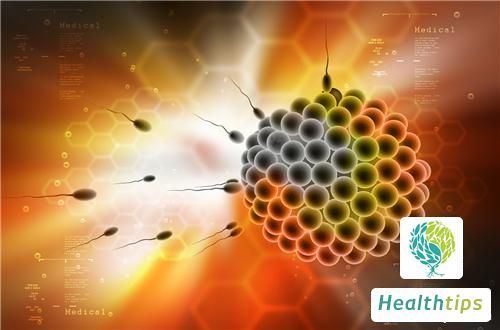What Are the Symptoms of Bone Necrosis?
Bone necrosis brings pain to patients and affects their normal life. There are two main causes of bone necrosis. One is when the femoral neck fracture heals poorly, the weight-bearing trabeculae within the femoral head turn to the weight-bearing area, reducing the bearing capacity and leading to damage. The other is caused by self-disease of bone tissue. What are the symptoms of bone necrosis? Firstly, the most common symptom is pain, which is located in the hip joint and the proximal thigh, and can radiate to the knee. The pain can be caused by the inflammatory lesions of necrotic tissue-repair or the high pressure within the inflammatory lesions, manifesting as persistent pain and resting pain. Collapse and deformation of bone and cartilage lead to traumatic arthritis or chronic pain in the attachment sites of muscles and ligaments around the hip joint. Hip movement is limited, especially rotation, or painful and shortened gait. Secondly, dietary adjustment is important for patients. Their staple food should be diversified and appropriately mixed with coarse and fine grains. They should avoid spicy food, excessive alcohol consumption, smoking, and eat more fresh vegetables, fruits, such as apples, bananas, and pears. High calcium foods such as milk, yogurt, fish, and shrimp from seafood are also recommended. Their diet should be light to avoid increasing blood lipids, blood viscosity, and slowing blood flow, which are not conducive to the repair of the femoral head. Finally, prevention is crucial. Patients should protect their joints during exercise to avoid trauma or excessive exercise. They should avoid or minimize the use of hormonal drugs, and communicate with doctors promptly if long-term high-dose use is necessary for treating certain diseases. They should also avoid excessive alcohol consumption and actively treat related chronic diseases.




















